By David Alan Johnson
The Grumman F4F Wildcat is usually described as chunky, “square,” squat, or stubby—not exactly adjectives that suggest grace or elegance. The Wildcat is also frequently criticized for being slow, heavy, and lacking in maneuverability, especially in comparison with its main adversary, the famous Japanese Zero fighter. Despite its shortcomings, the Grumman fighter more than held its own against the Zero at Coral Sea, Midway, and in the battles over Guadalcanal.
Designers at Grumman intended the Wildcat to be rugged and heavily armed, a fighter that could absorb punishment as well as attack with six .50-caliber machine guns. The Zero, on the other hand, was built to be light and maneuverable at the cost of strength and toughness. It was certainly graceful and nimble, but it did not have the armor or the self-sealing fuel tanks that would have made it better protected but less agile.
The Wildcat in Combat
In performance, the Zero greatly outclassed the Wildcat, but because of their plane’s rugged design and construction, Wildcat pilots were able to survive attacks by Zeros that would have killed their Japanese opponents.
Japanese ace Saburo Sakai was greatly impressed by the Wildcat’s ability to withstand damage. “For some strange reason, even after I had poured about five or six hundred rounds of ammunition directly into the Grumman, the airplane did not fall but kept on flying,” Sakai wrote after a fight with a Wildcat. “I thought this very odd—it had never happened before— and closed the distance between the two airplanes until I could almost reach out and touch the Grumman. To my surprise, the Grumman’s rudder and tail were torn to shreds, looking like an old torn piece of rag.”
Sakai concluded with a note of amazement, “A Zero which had taken that many bullets would have been a ball of fire by now.”
Lieutenant Commander James Flatley, who commanded USS Yorktown’s fighter group at Midway, discovered that the best way to fight the Zero was to use the Wildcat’s weight and speed to advantage—gain altitude and dive at full throttle no matter what the enemy did. This tactic allowed Wildcat pilots to zoom through any screening Zeros and attack enemy bombers.
“Sooner or later they had to take you on on your terms,” Flatley explained. “If you should be jumped from behind, they had difficulty following, particularly when you rolled at high speed.”
These tactics produced results. During the Guadalcanal campaign, Wildcat pilots decimated Sakai’s fighter wing, which was stationed at Rabaul and made up entirely of Zeros. Although the Wildcat was not as graceful as its opponent, American pilots exploited the plane’s weight to negate the Zero’s agility.
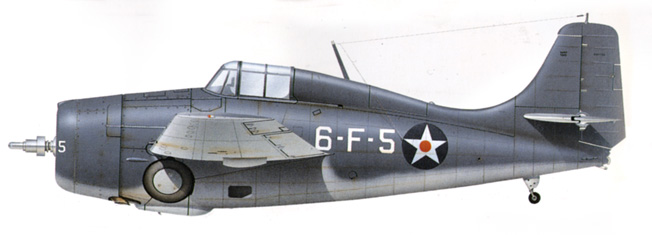
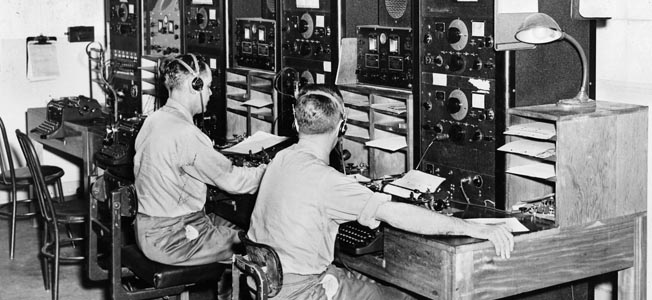
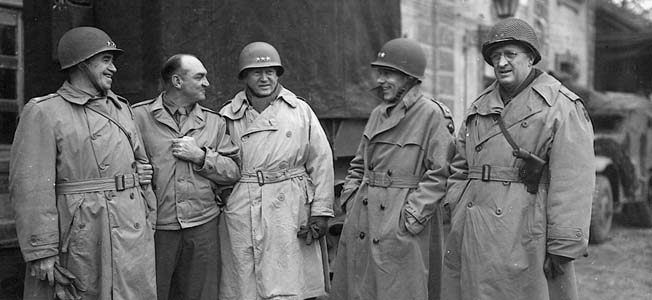
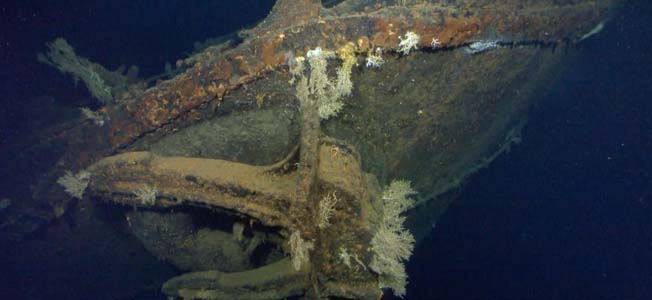
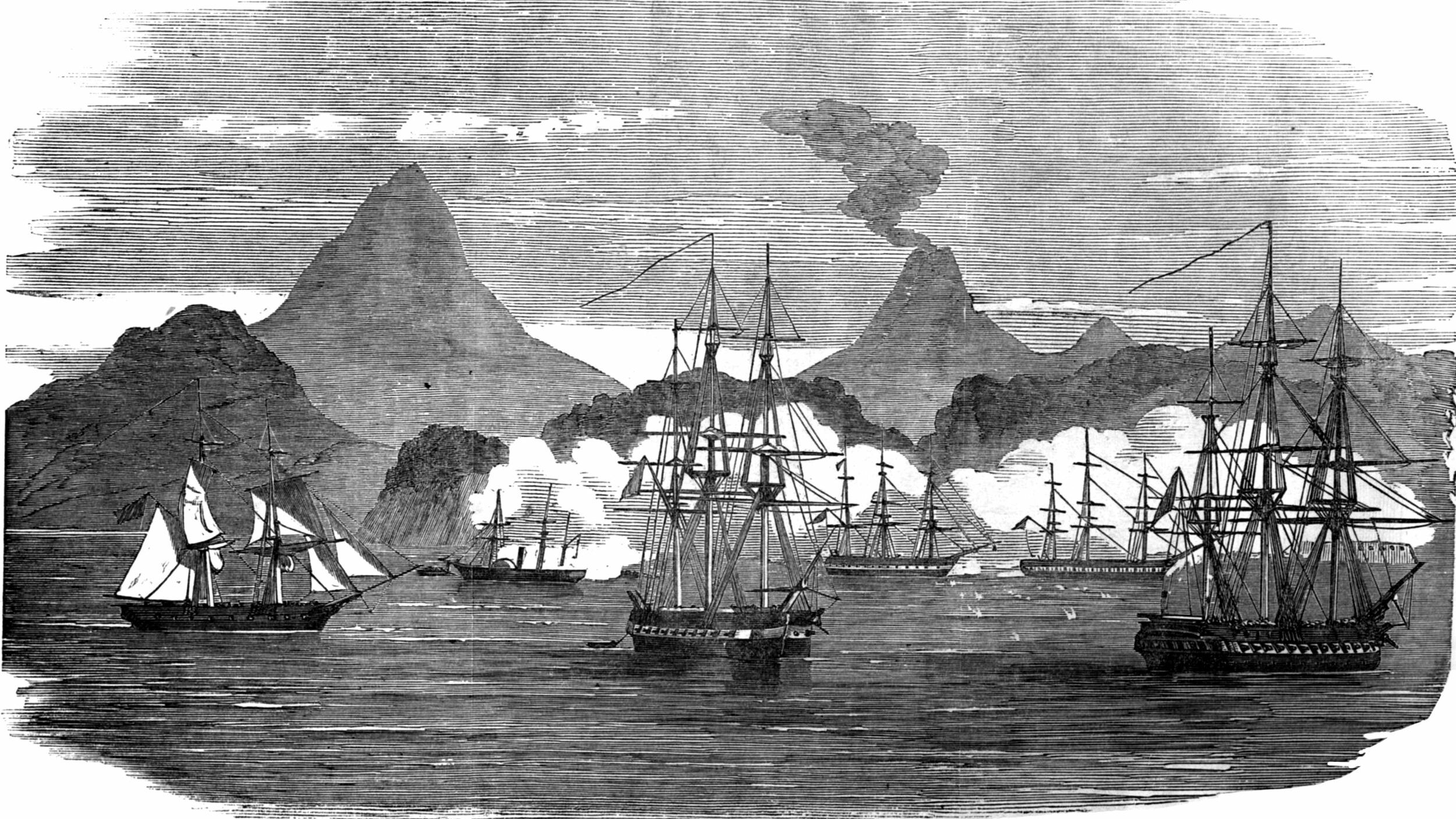
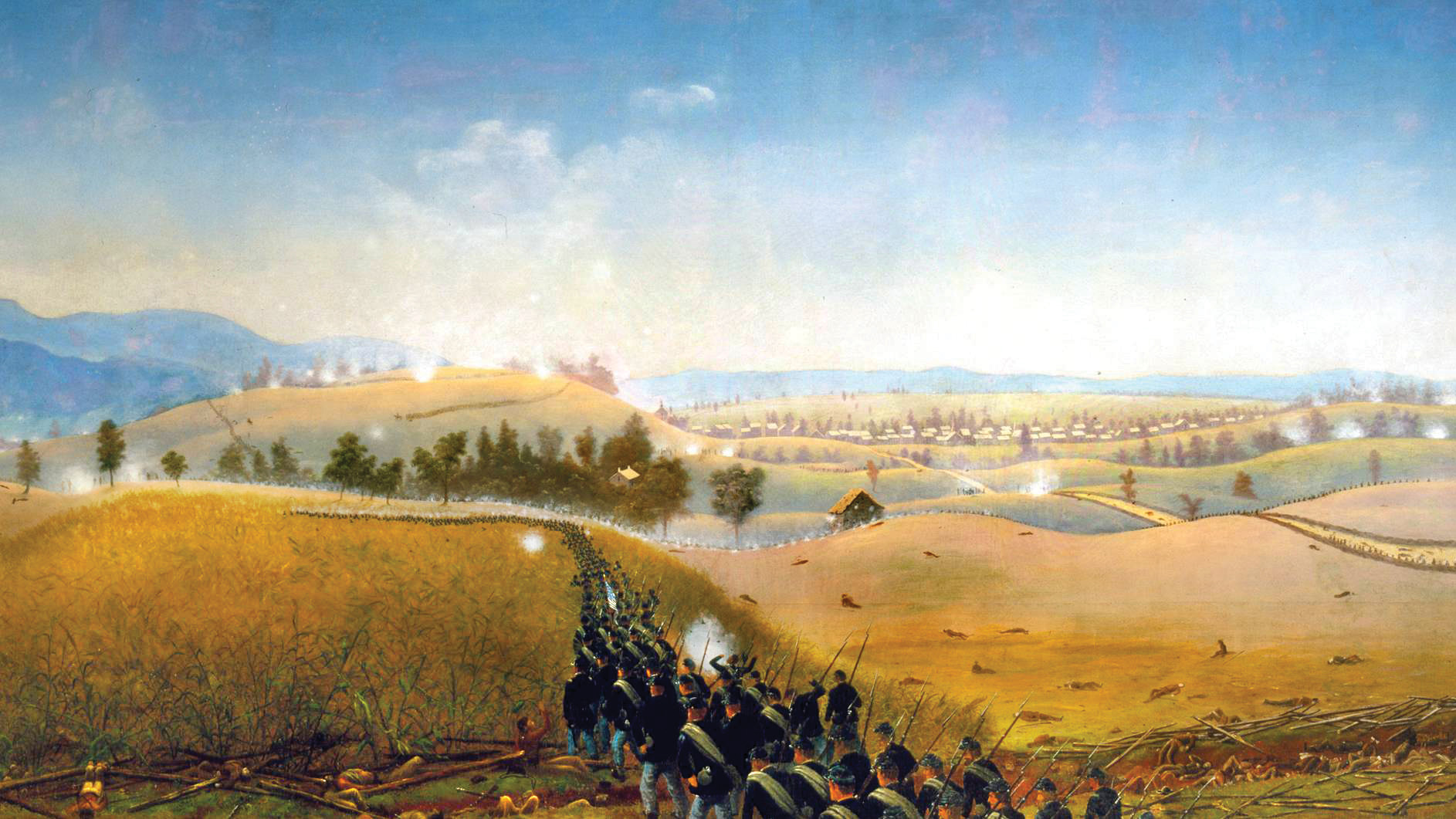
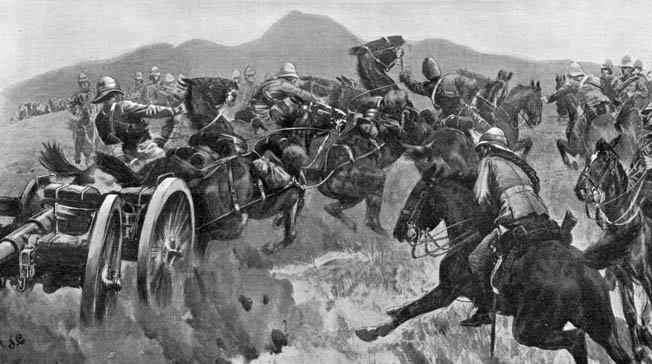
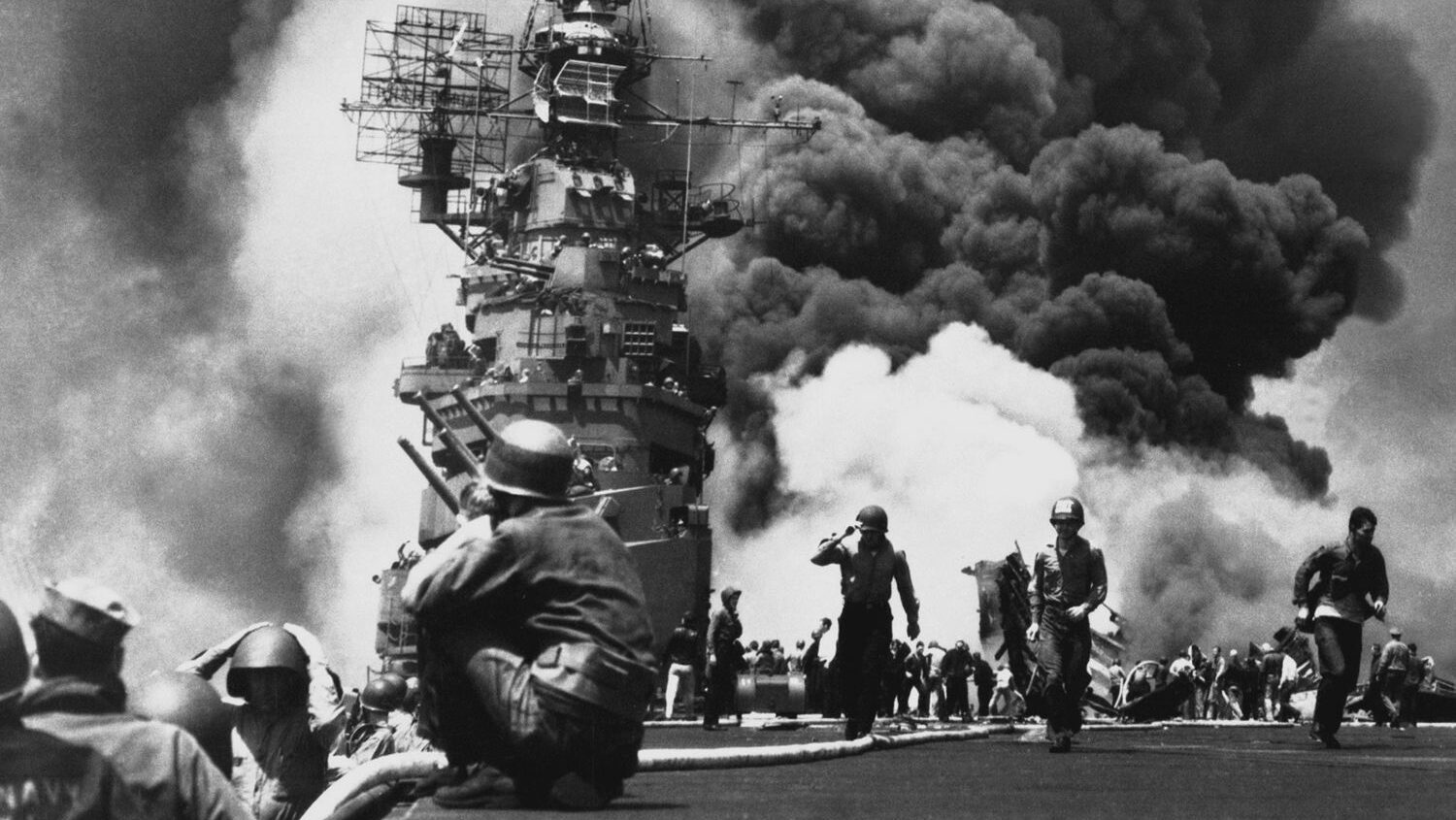
Join The Conversation
Comments
View All Comments